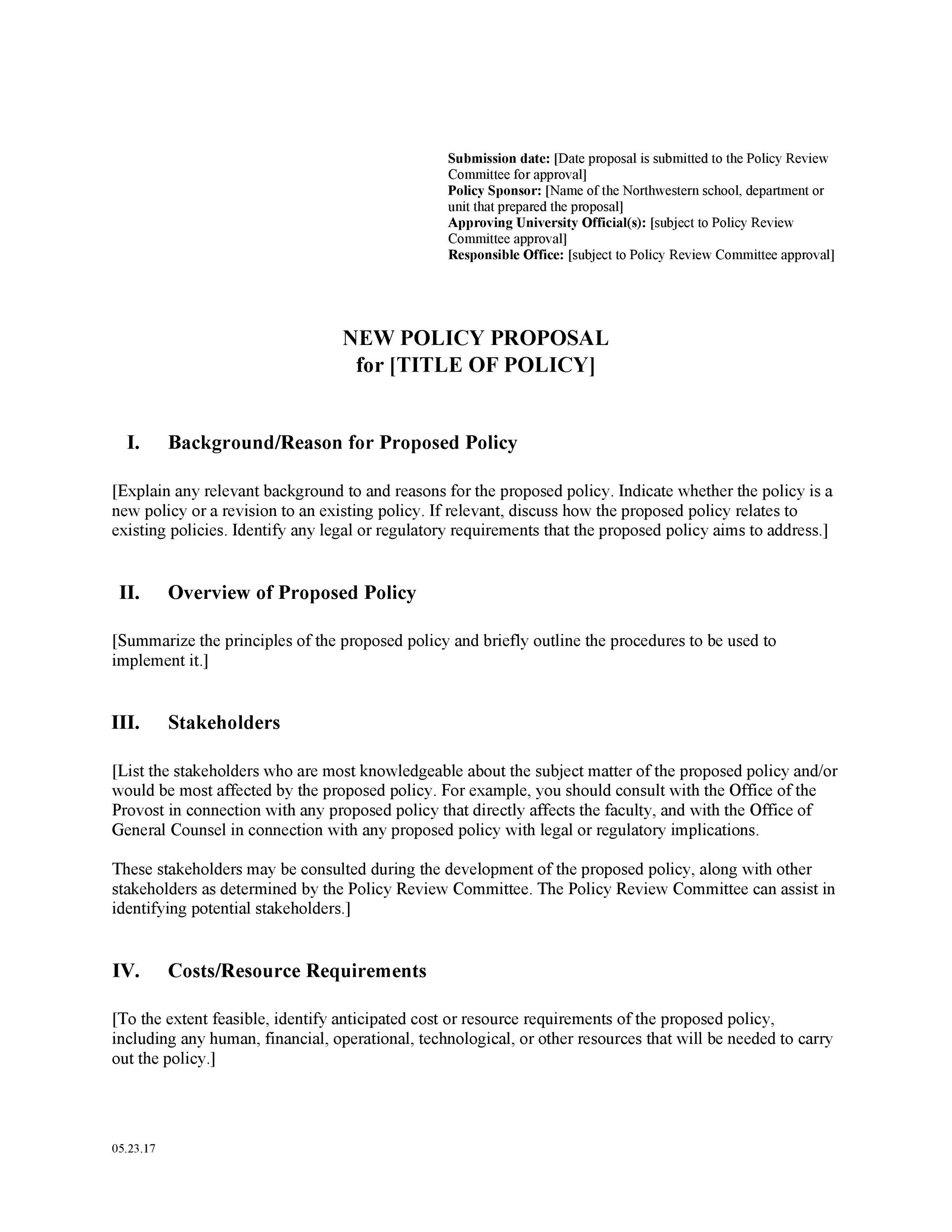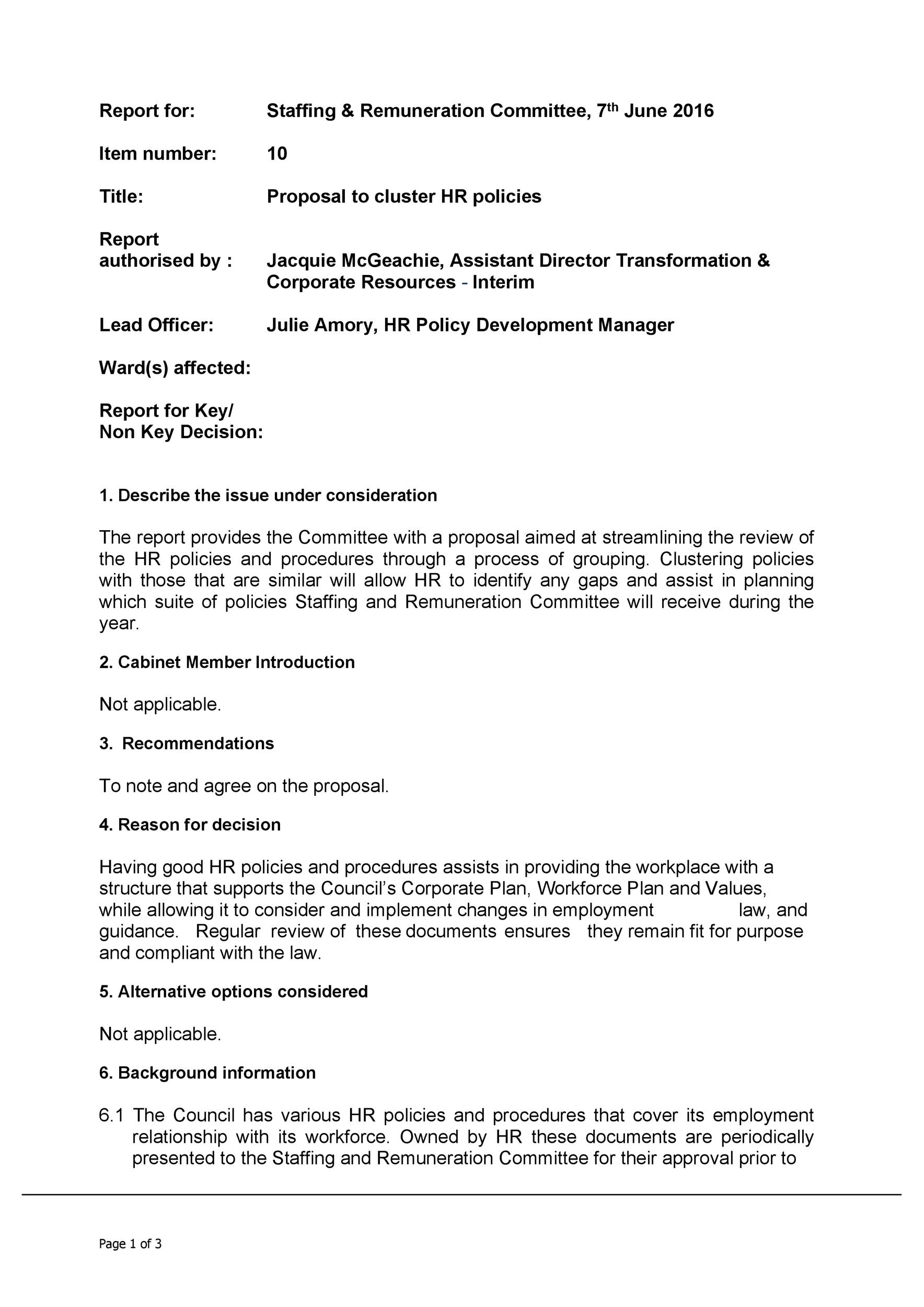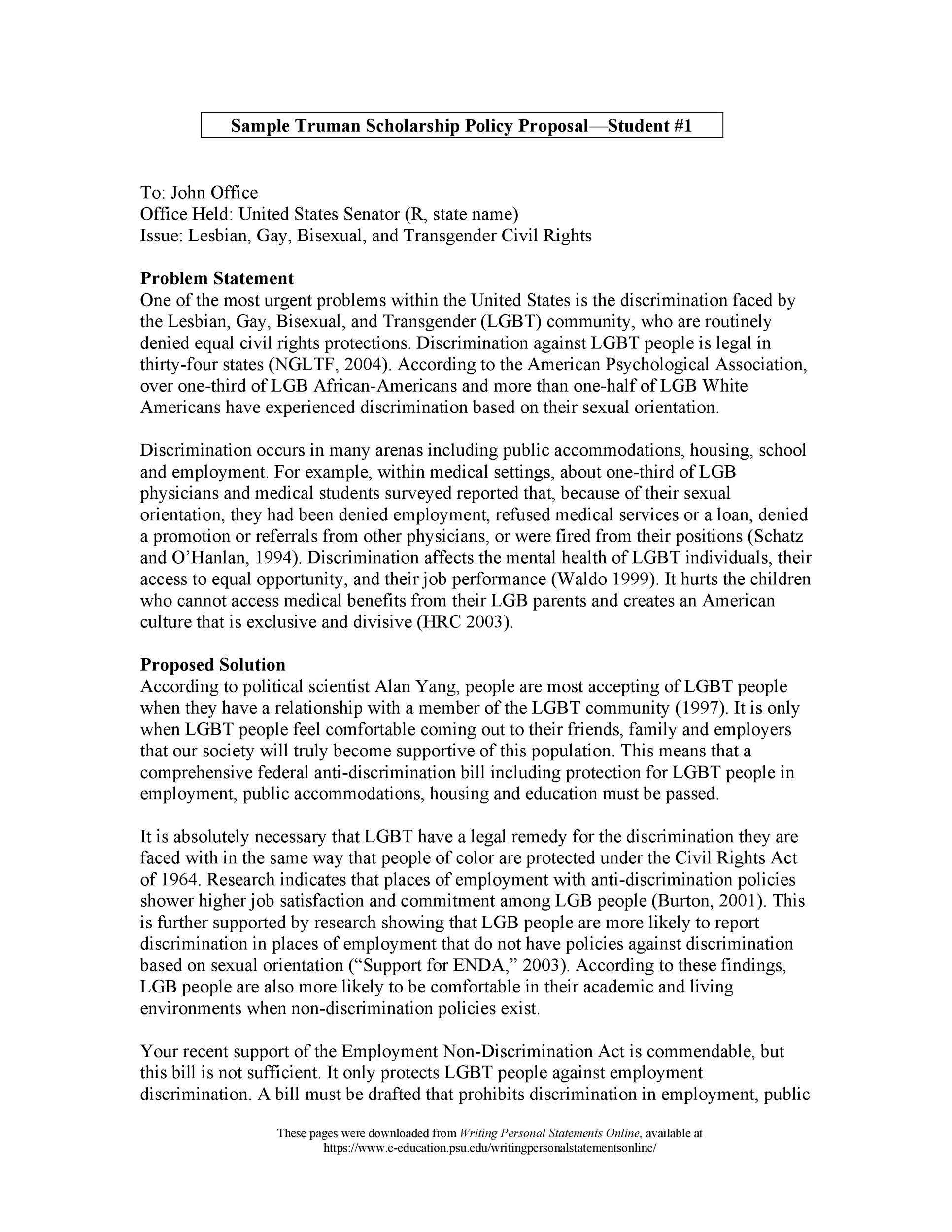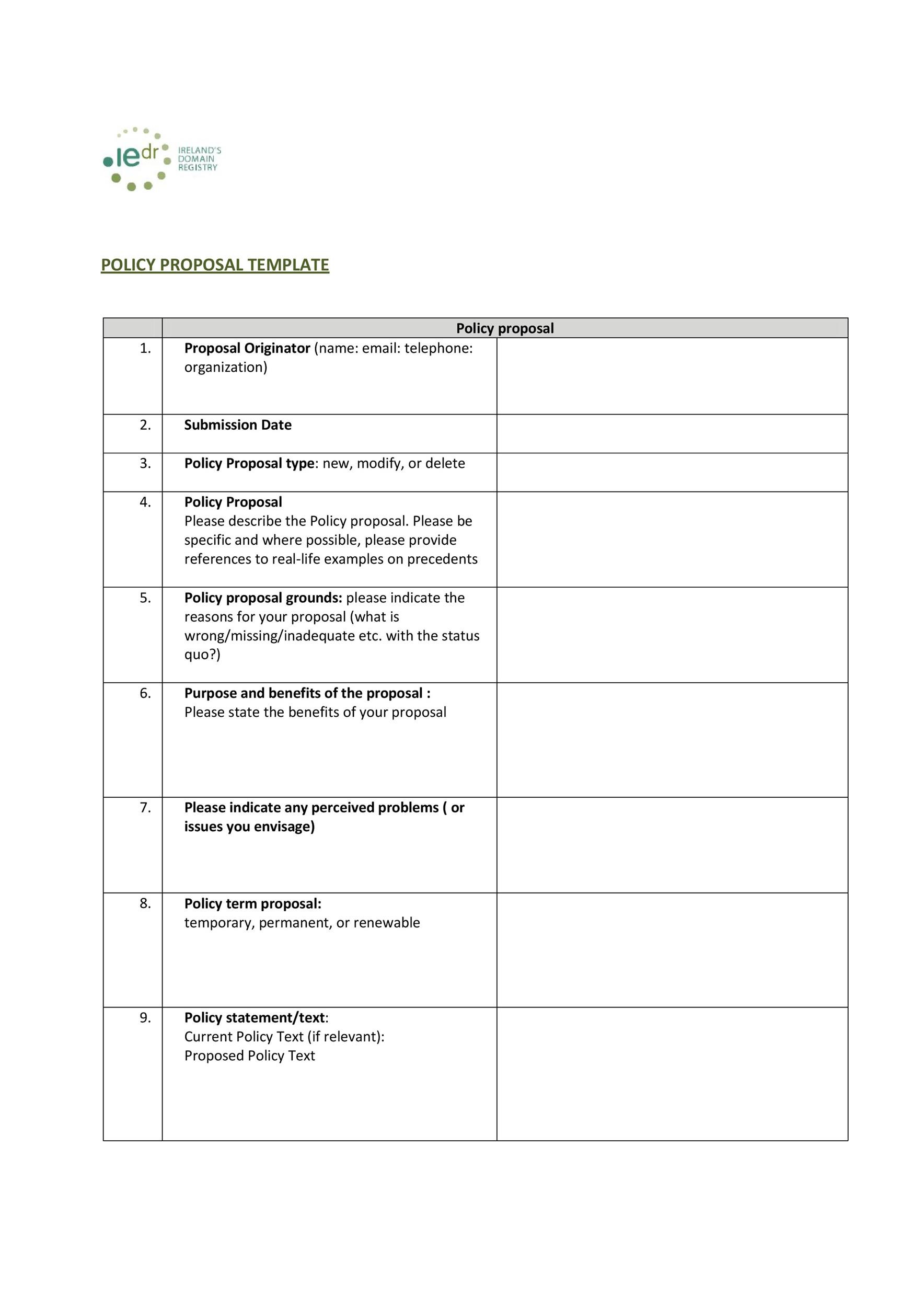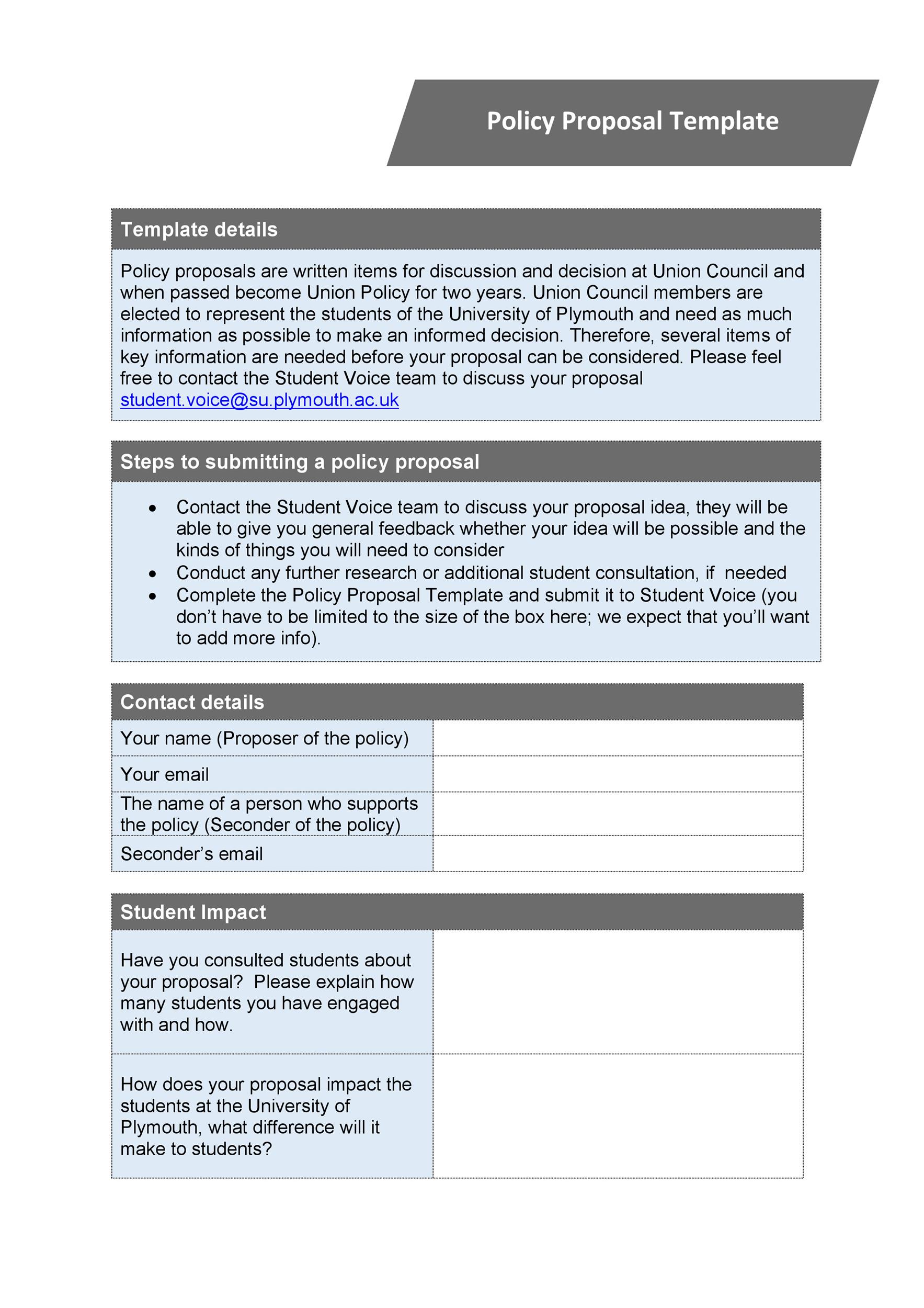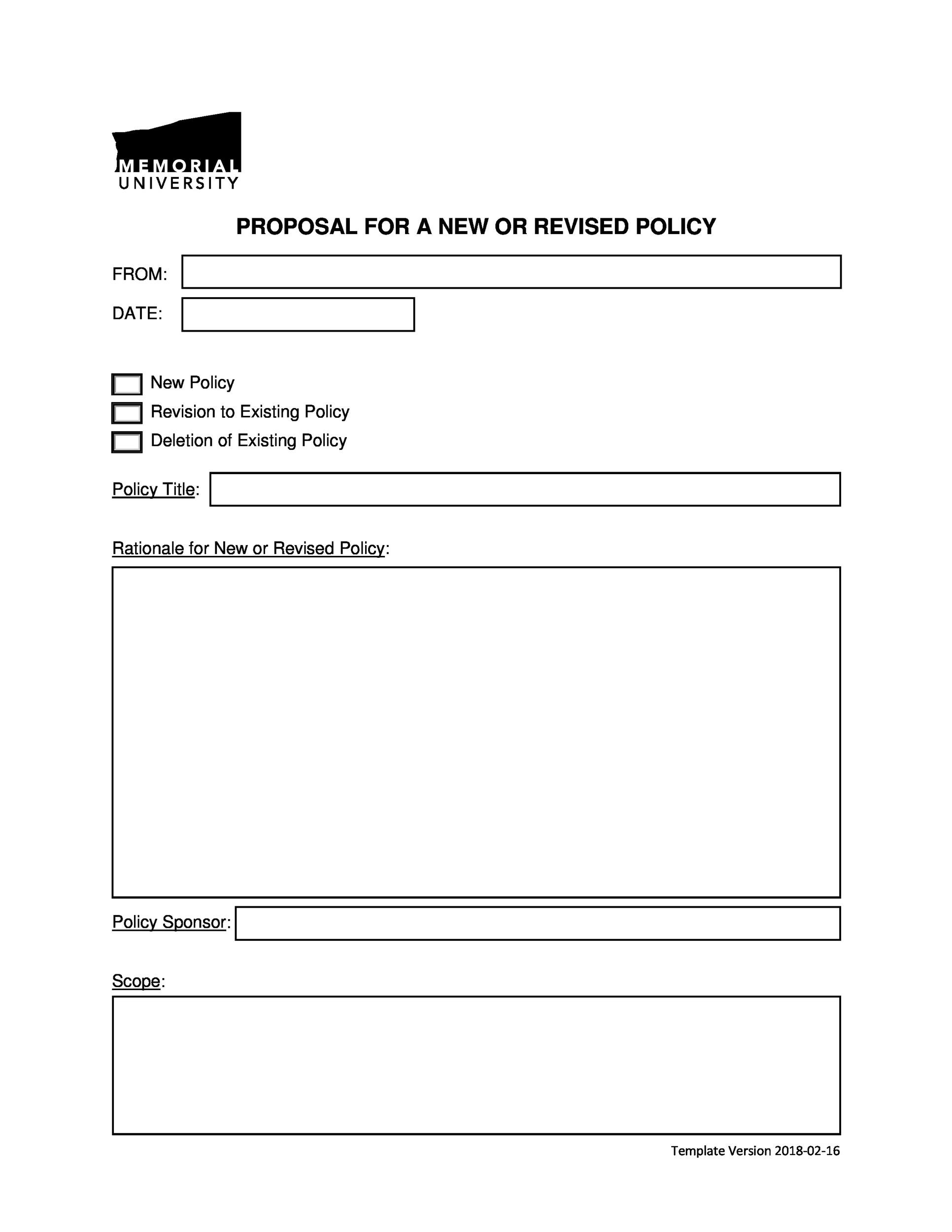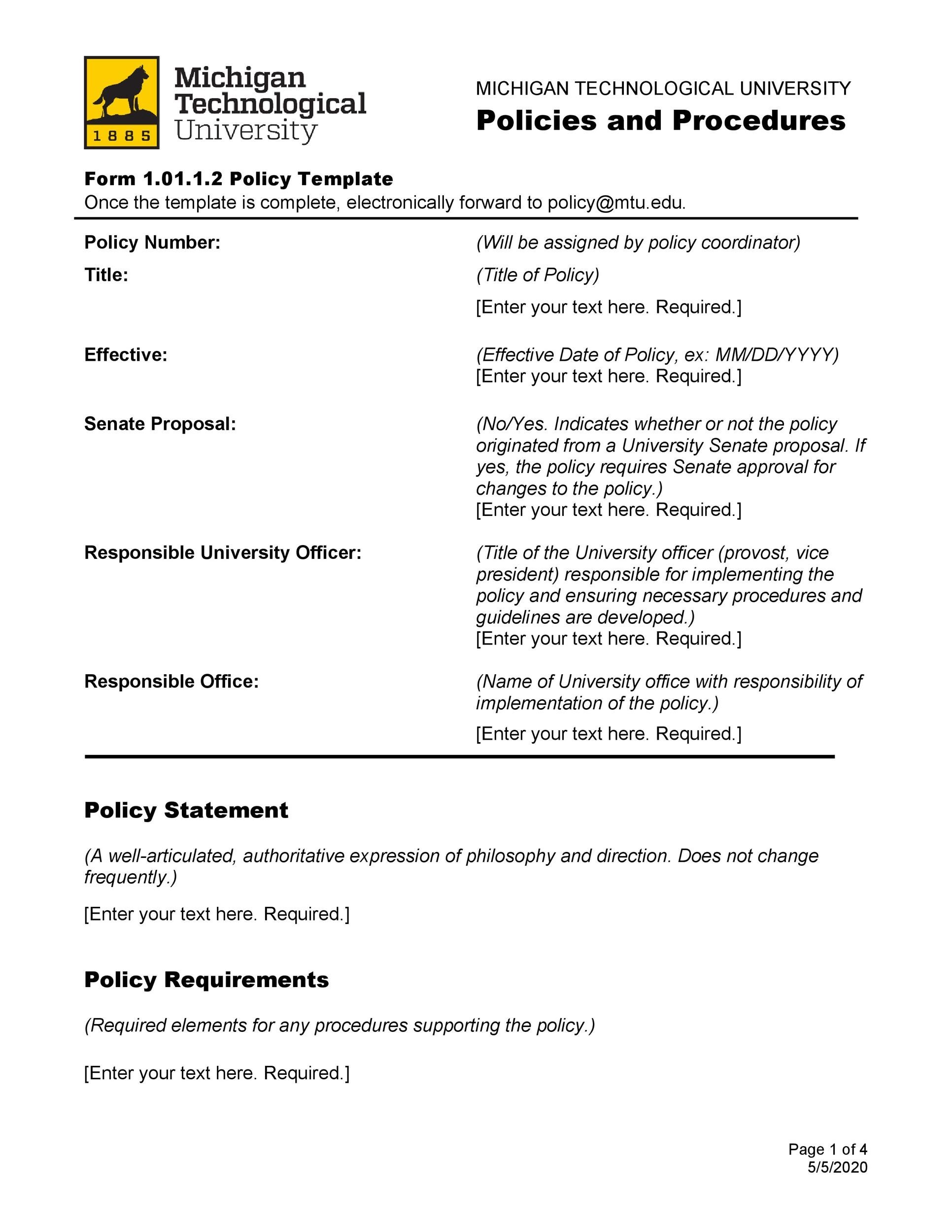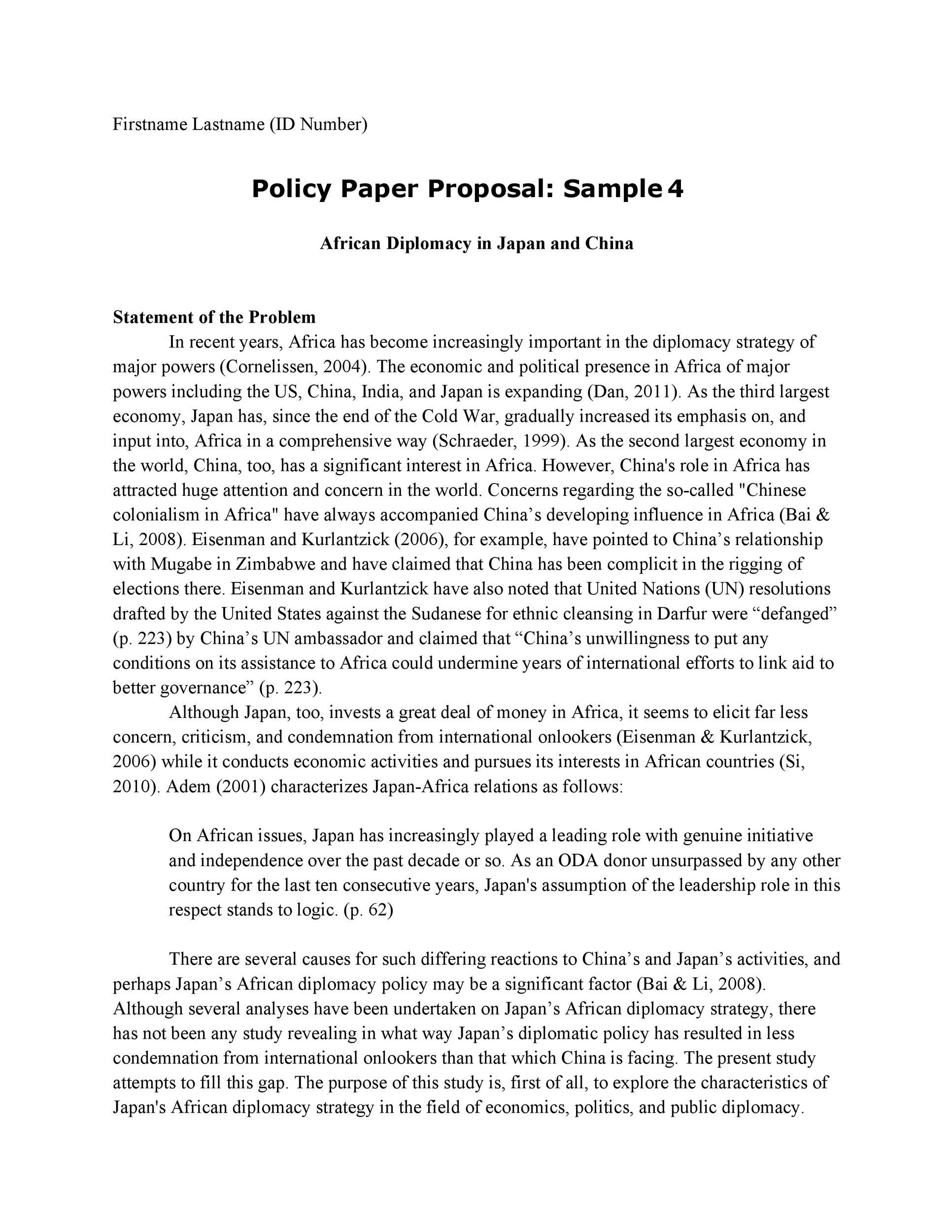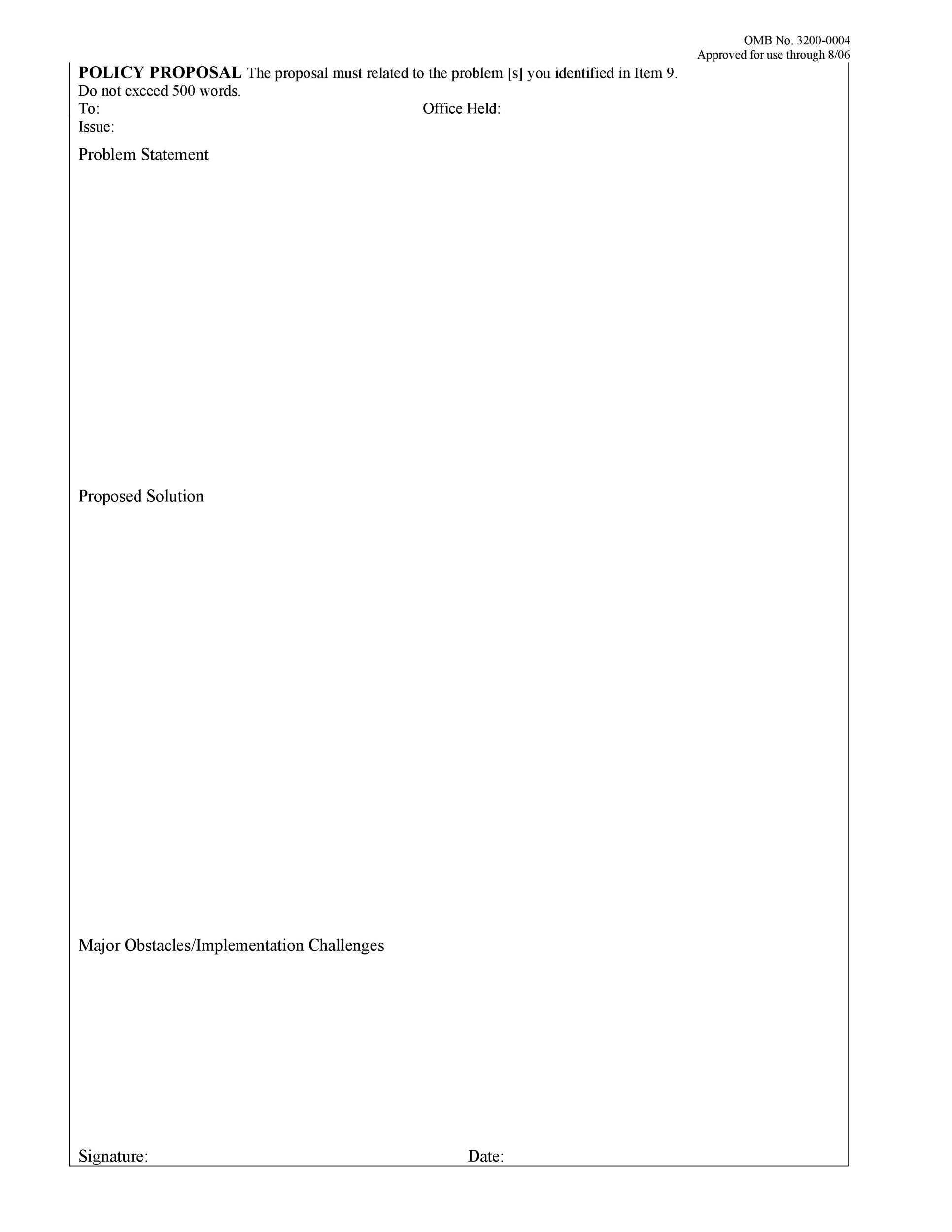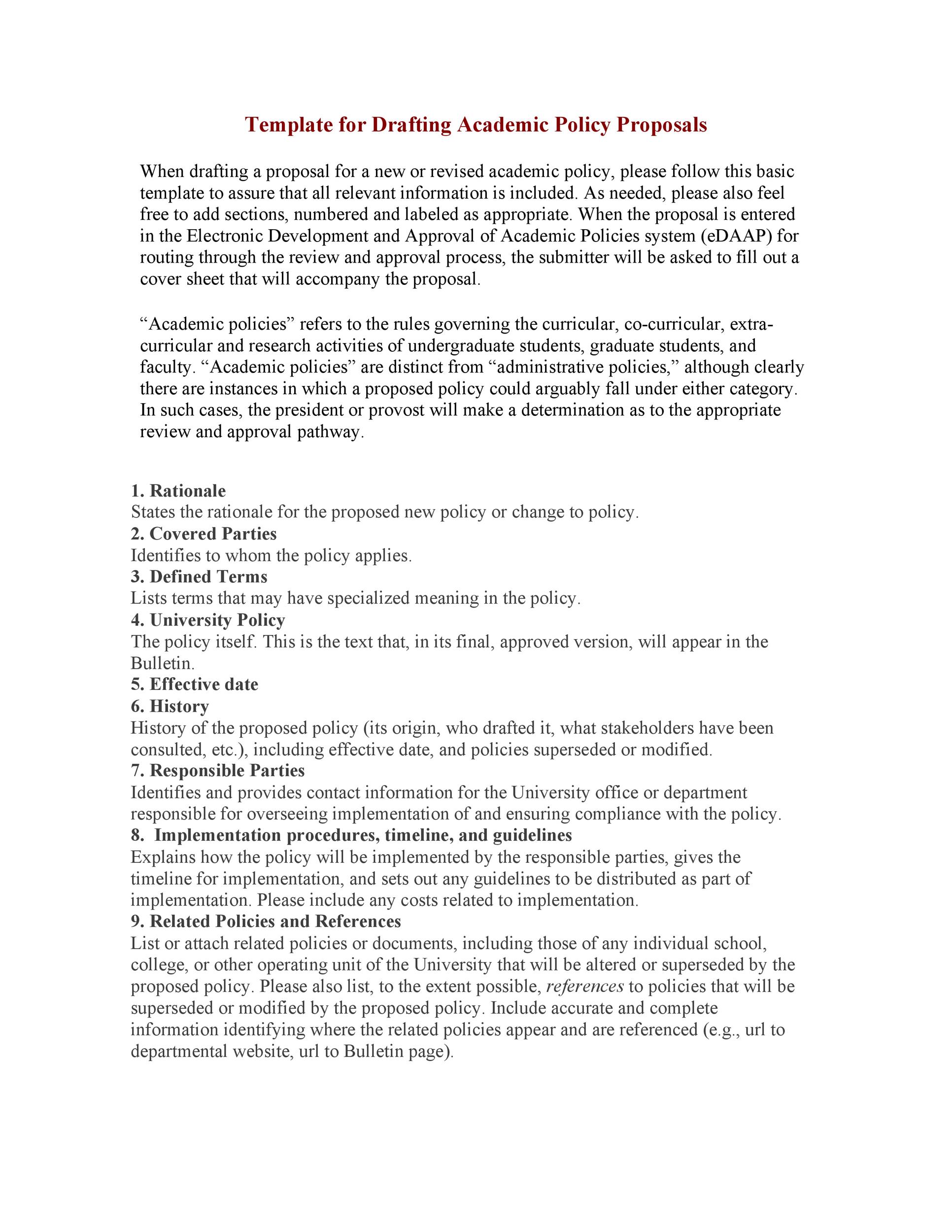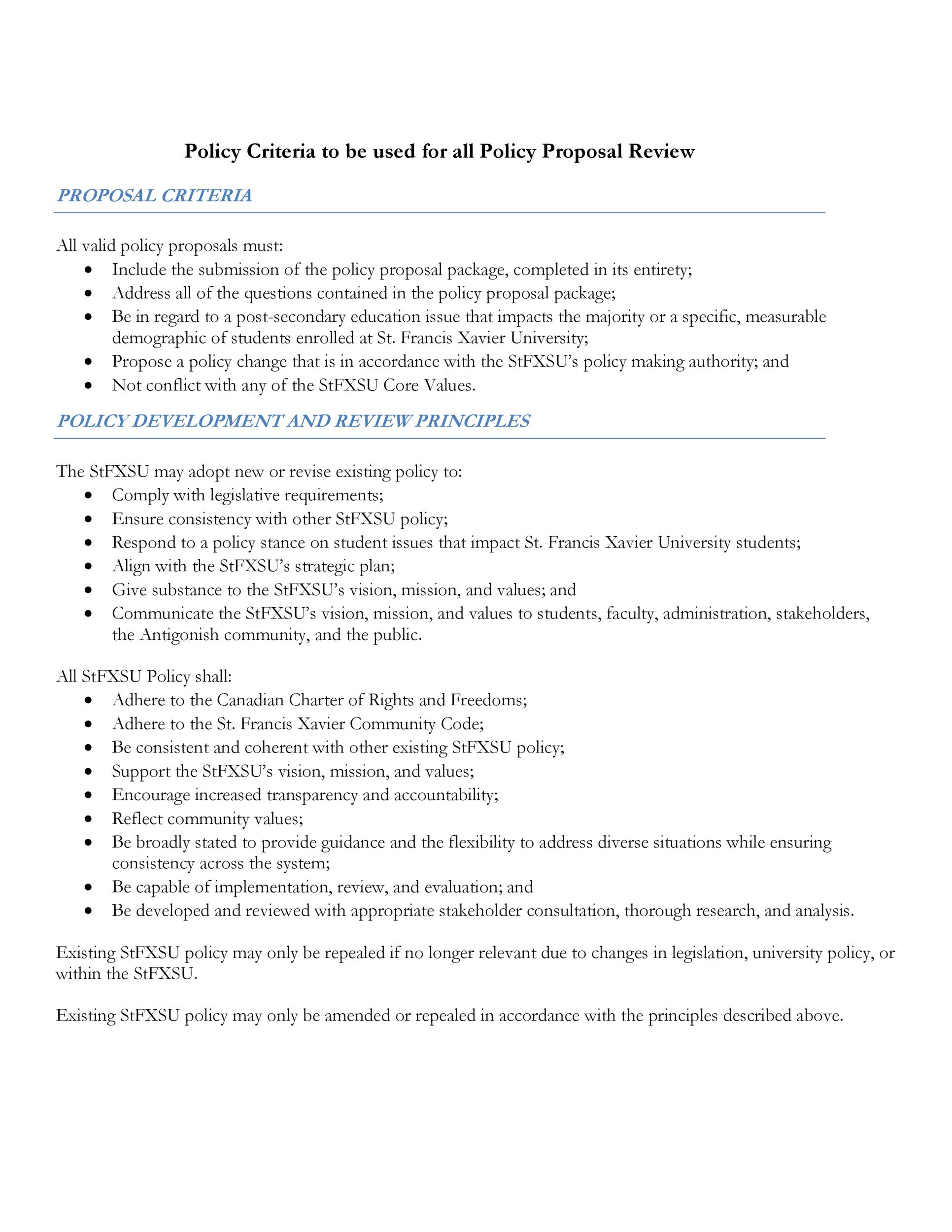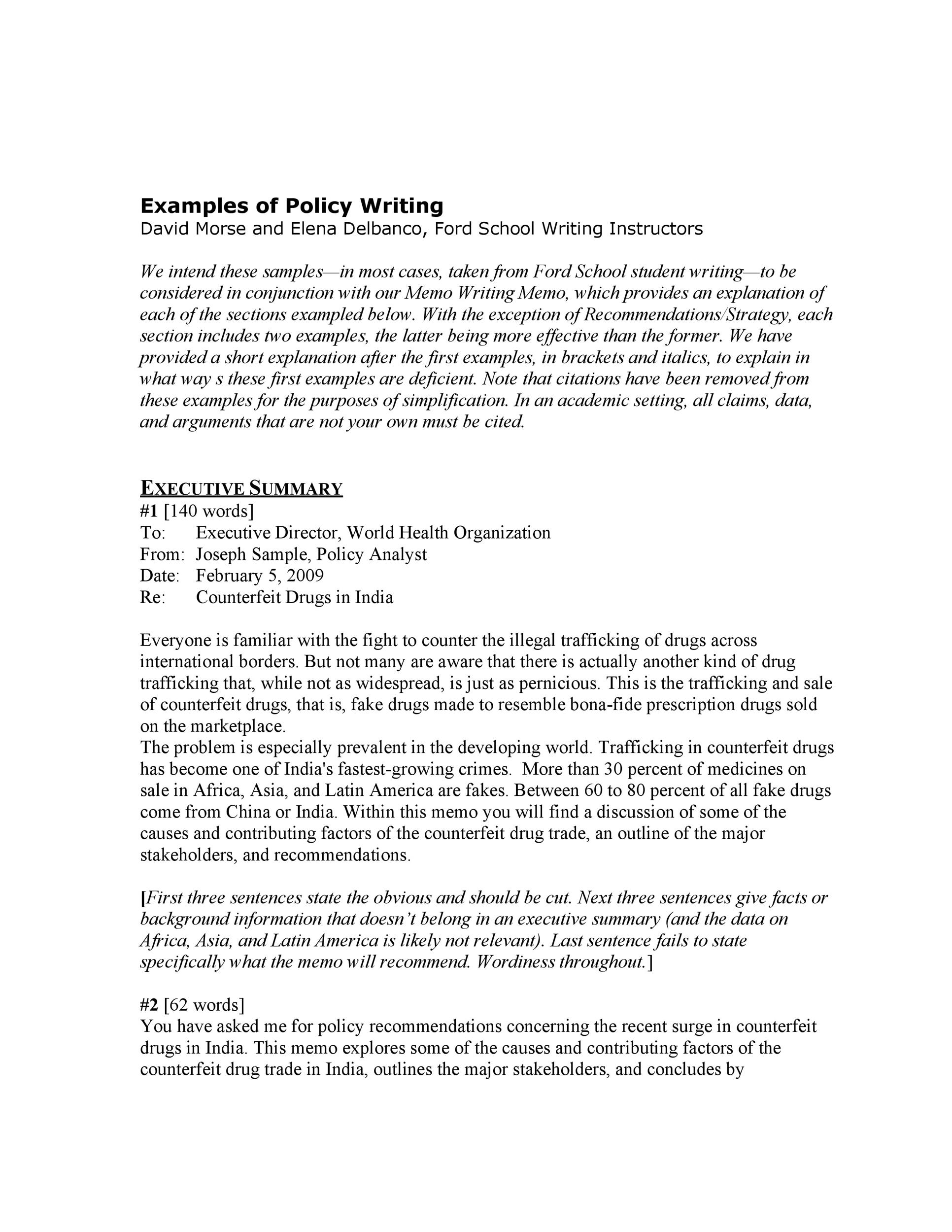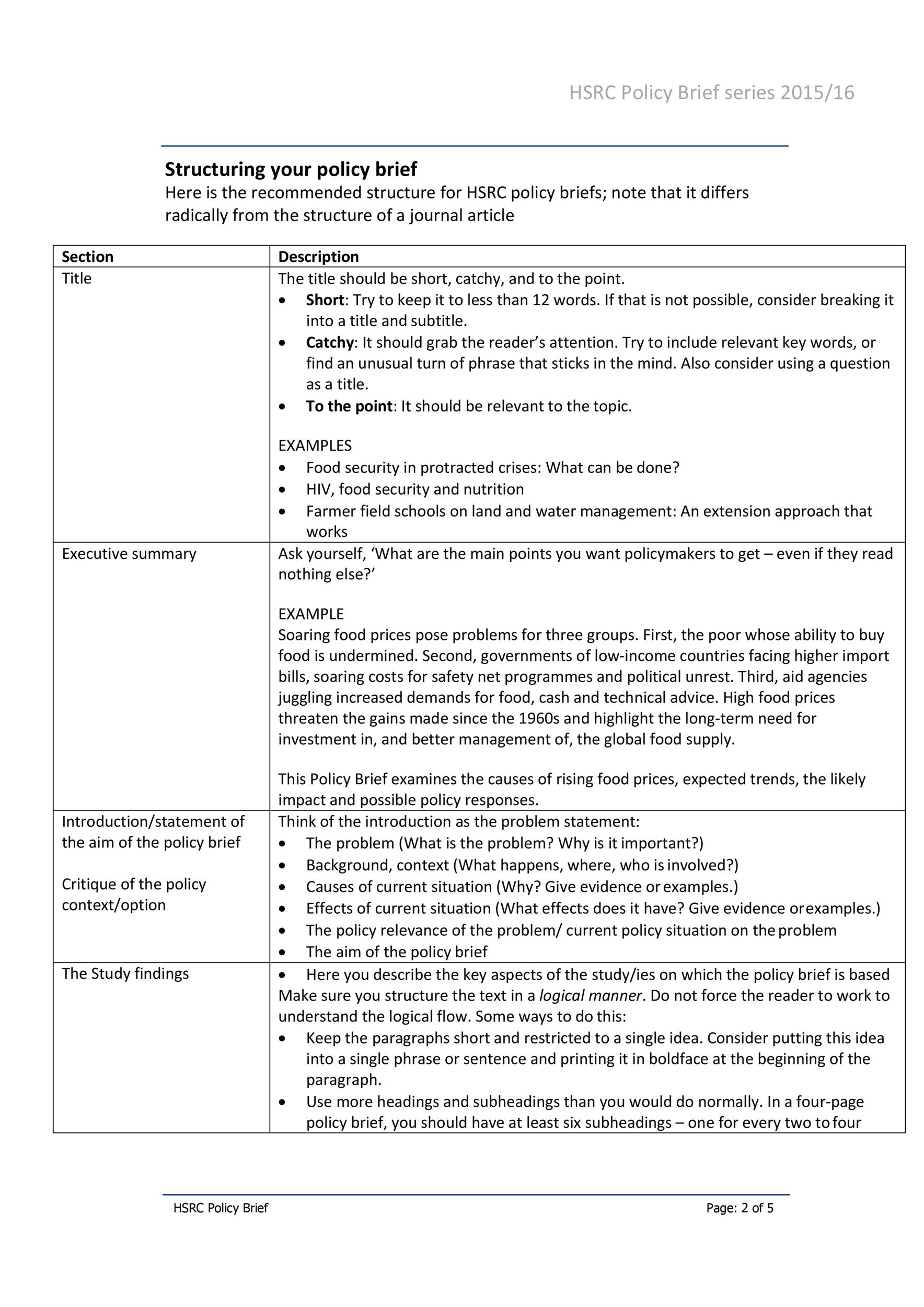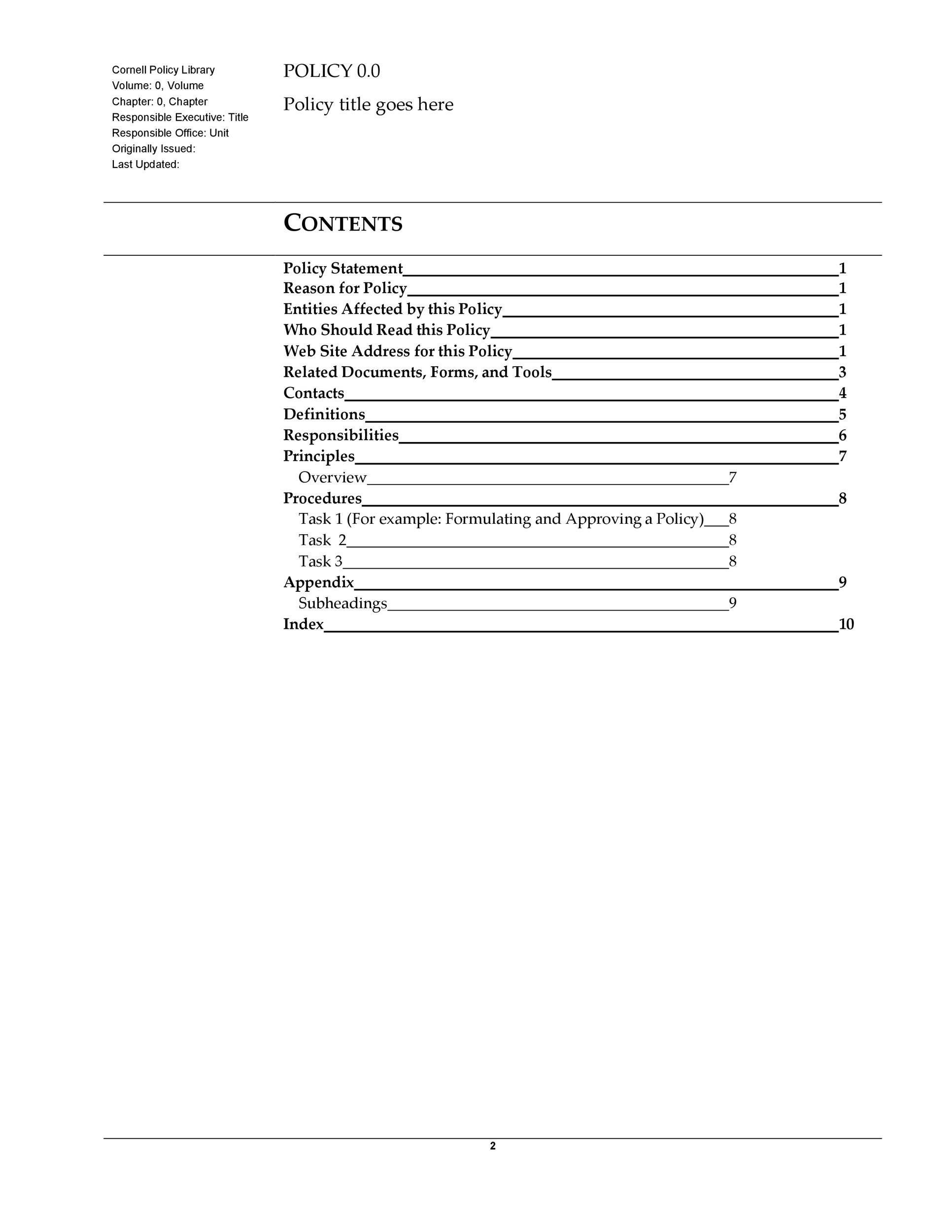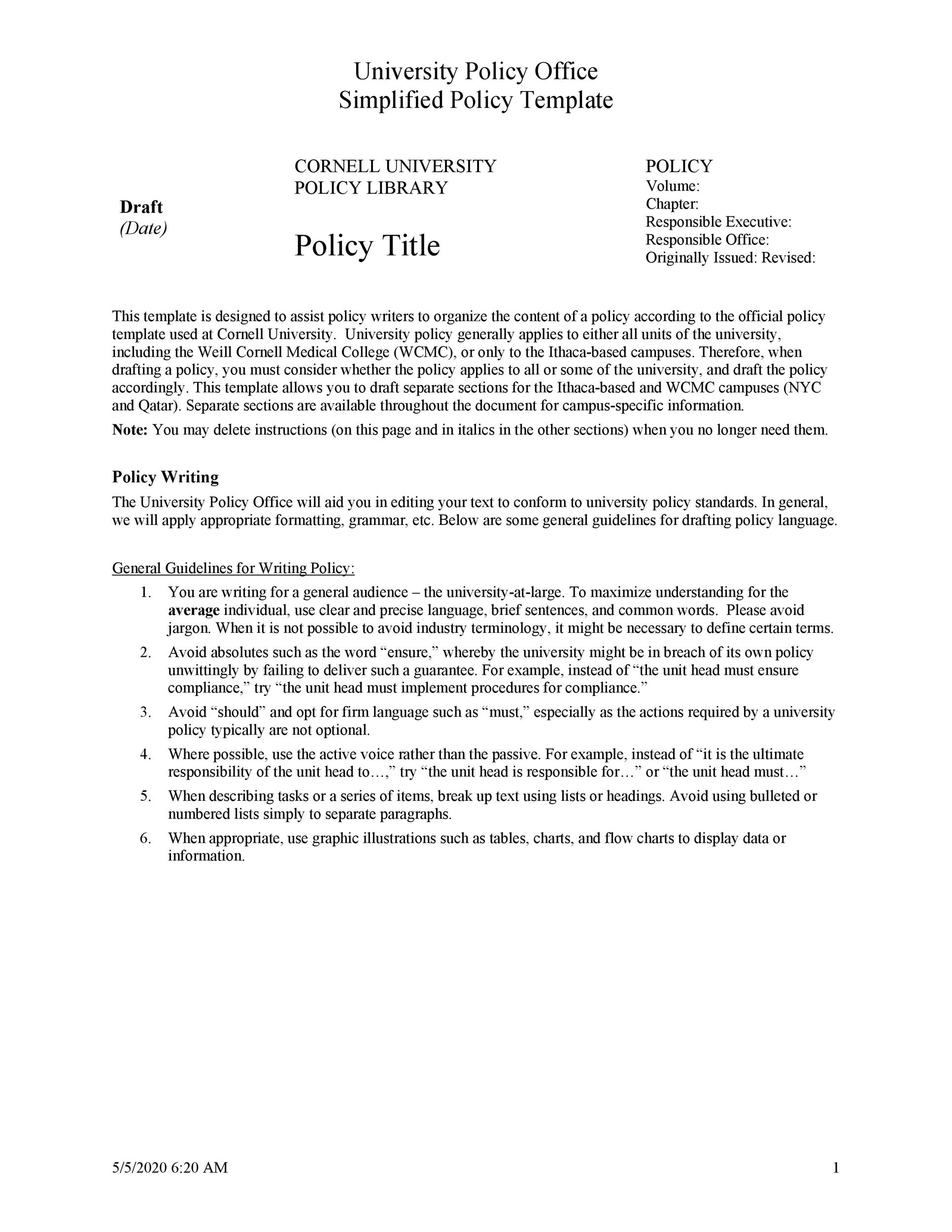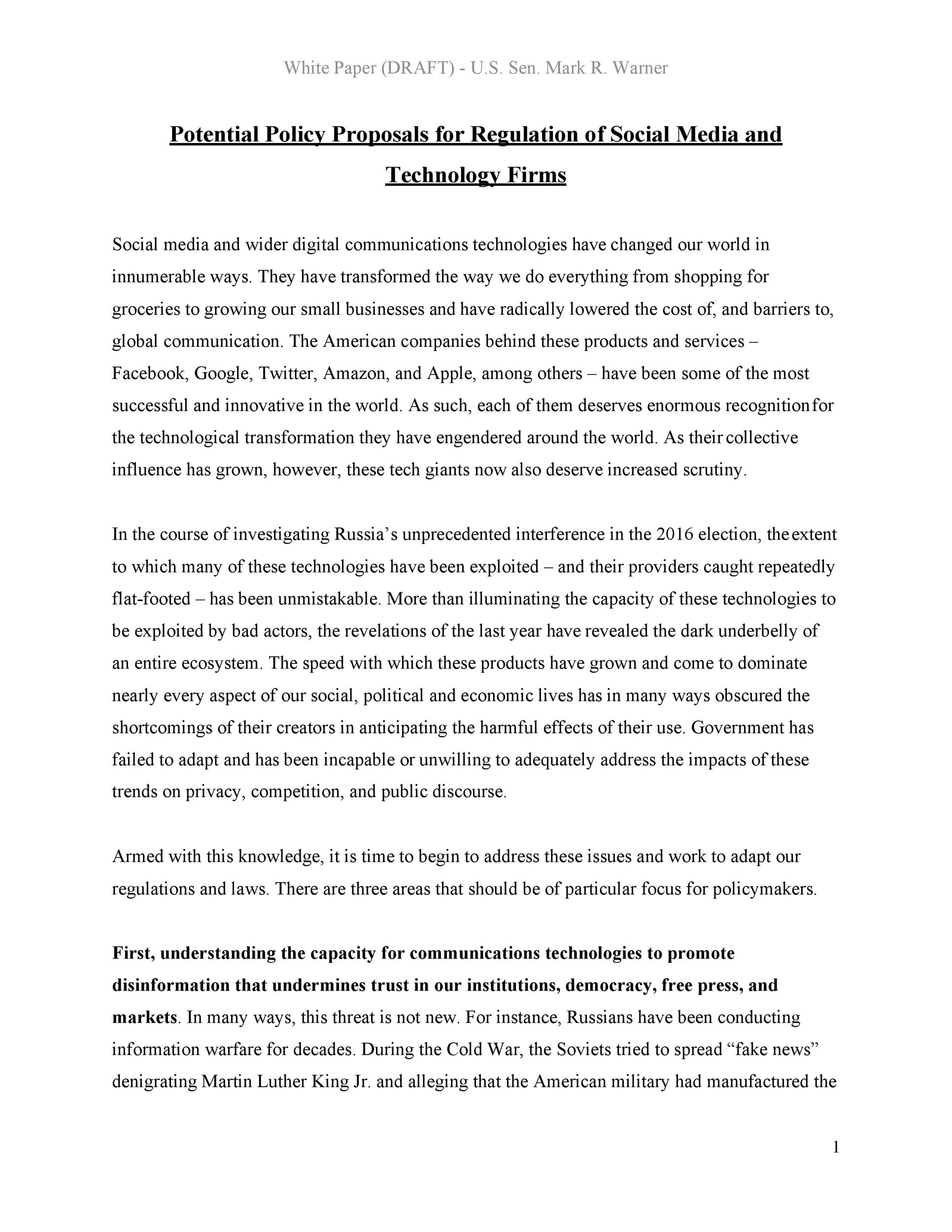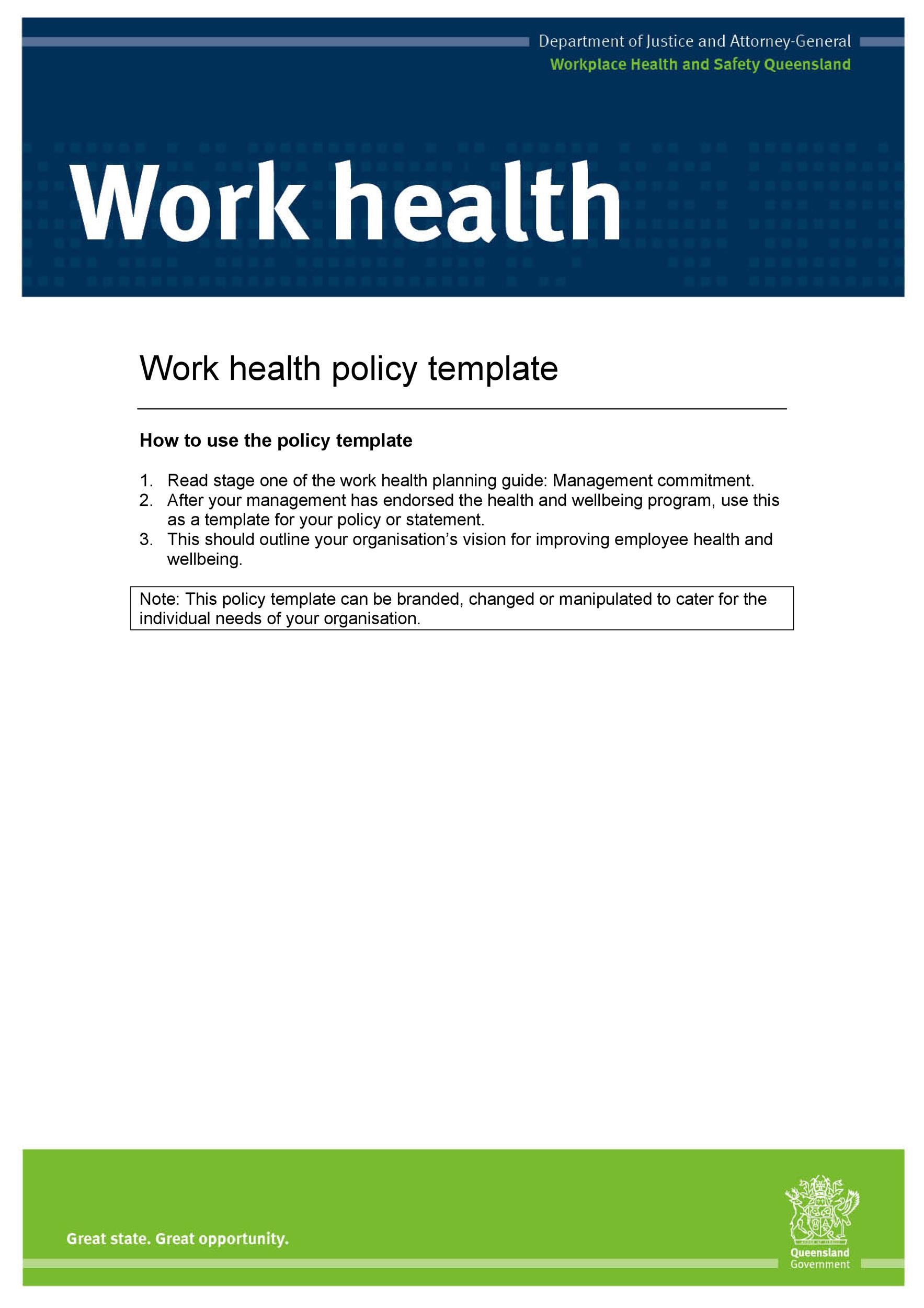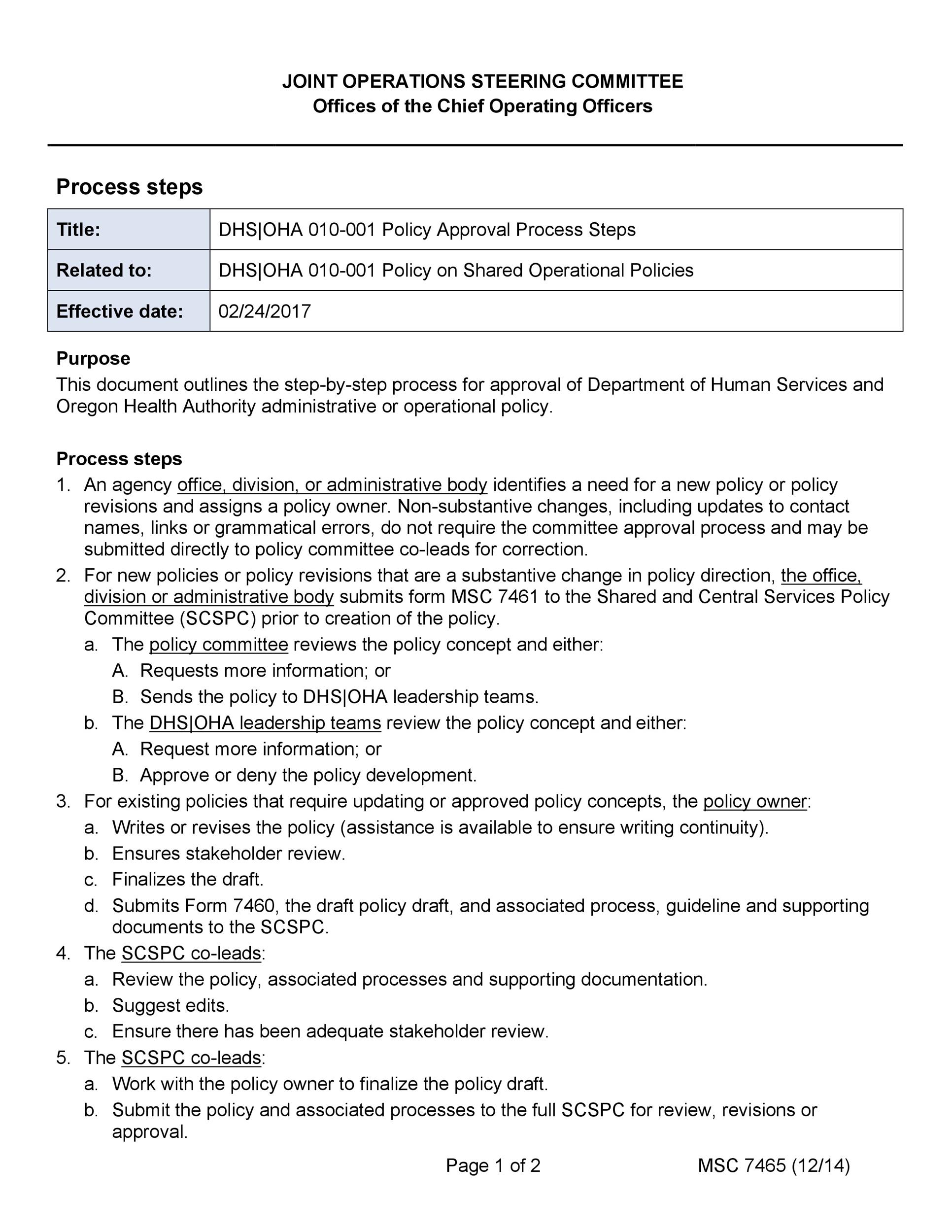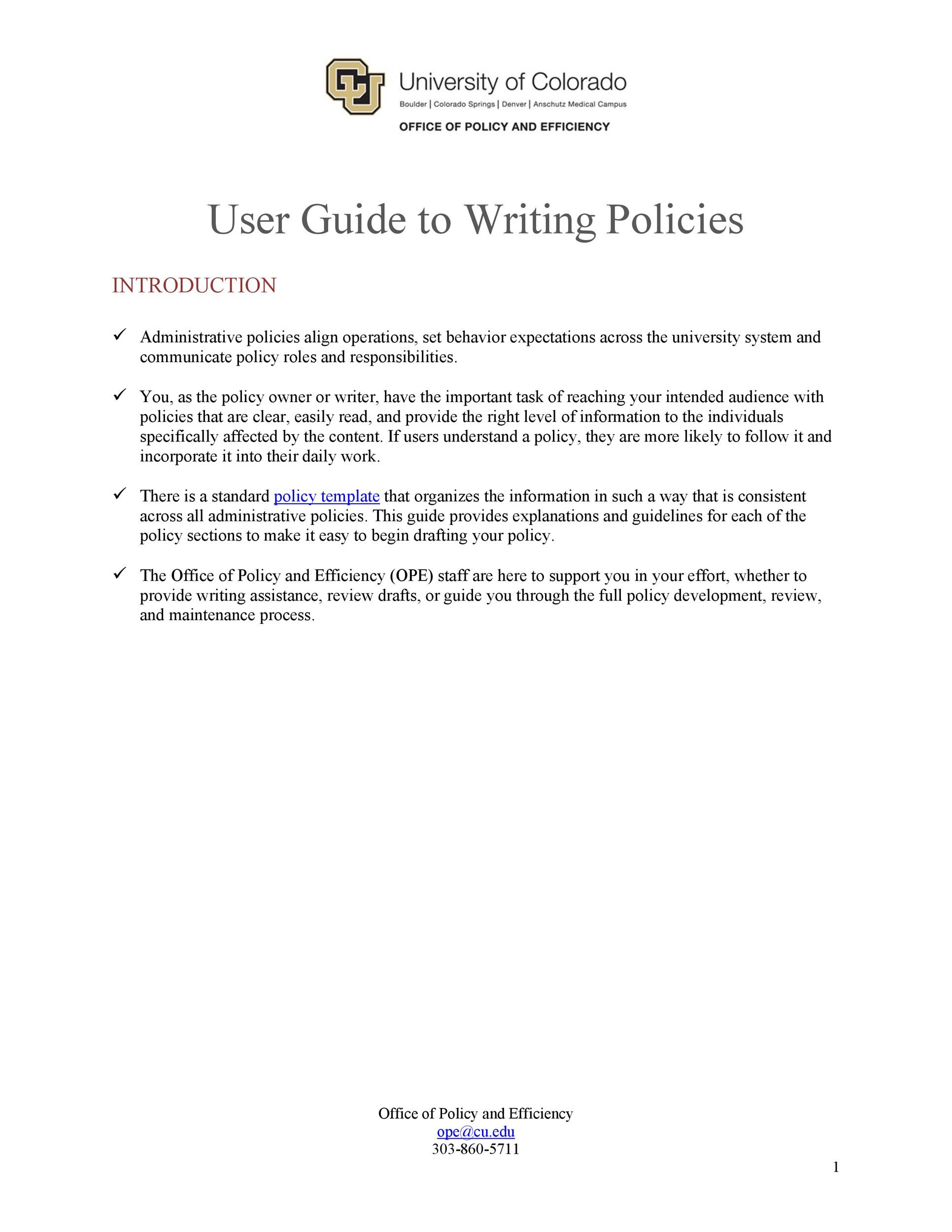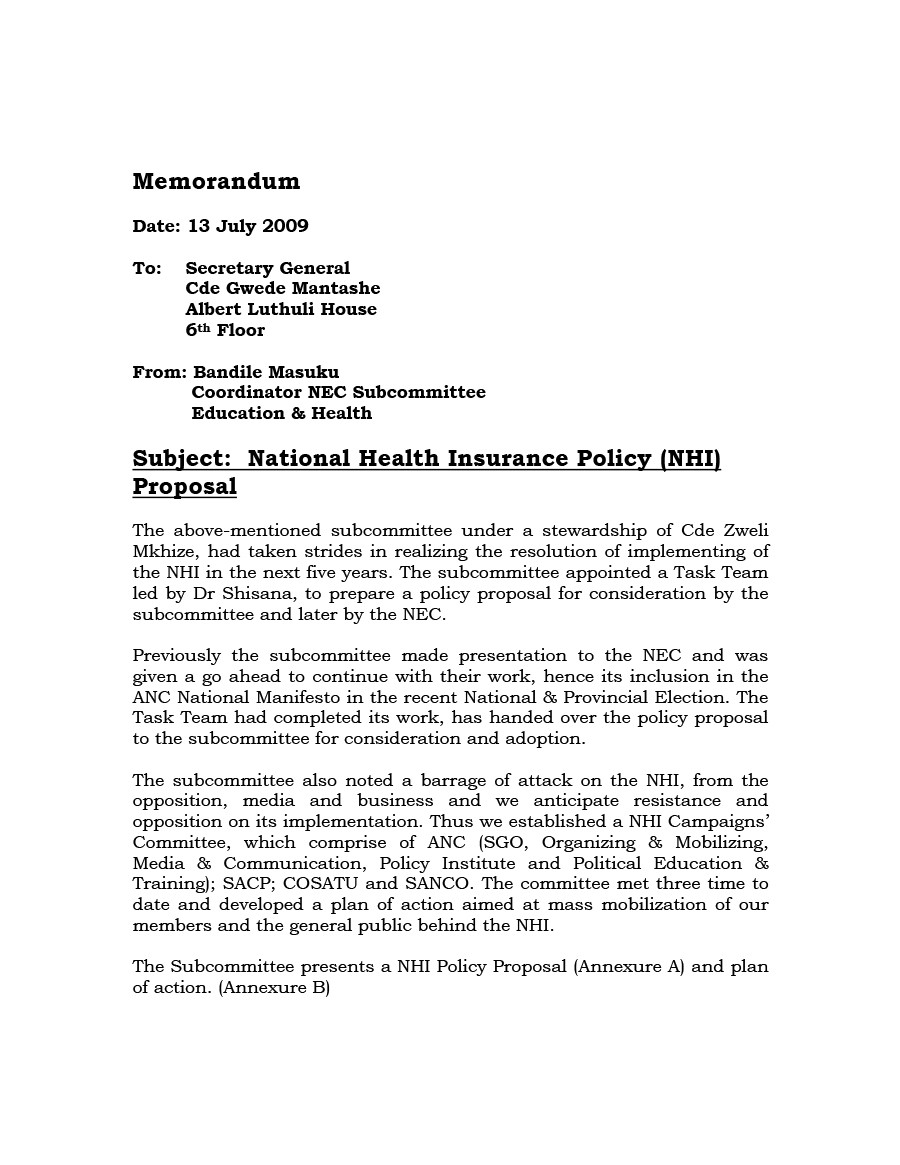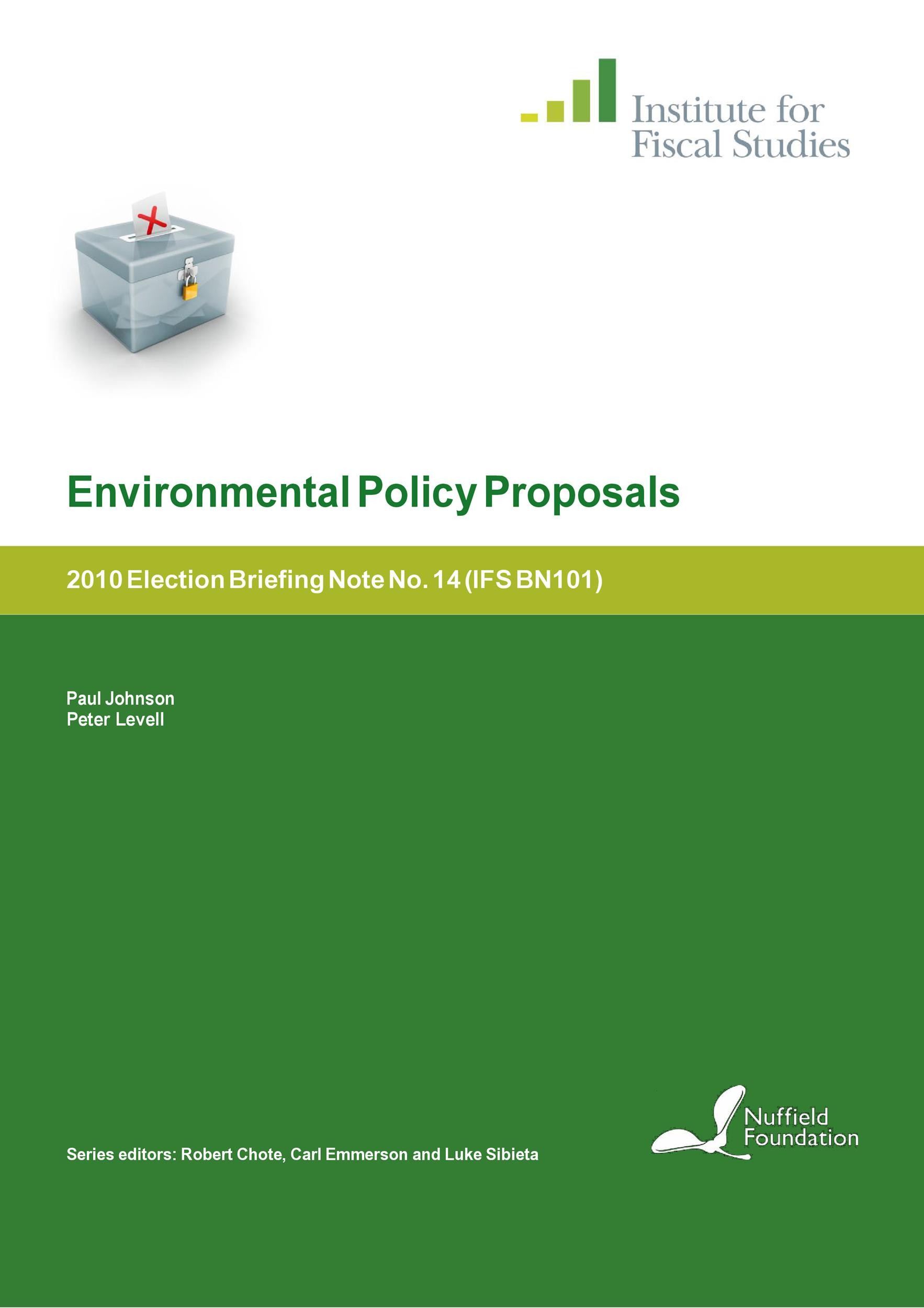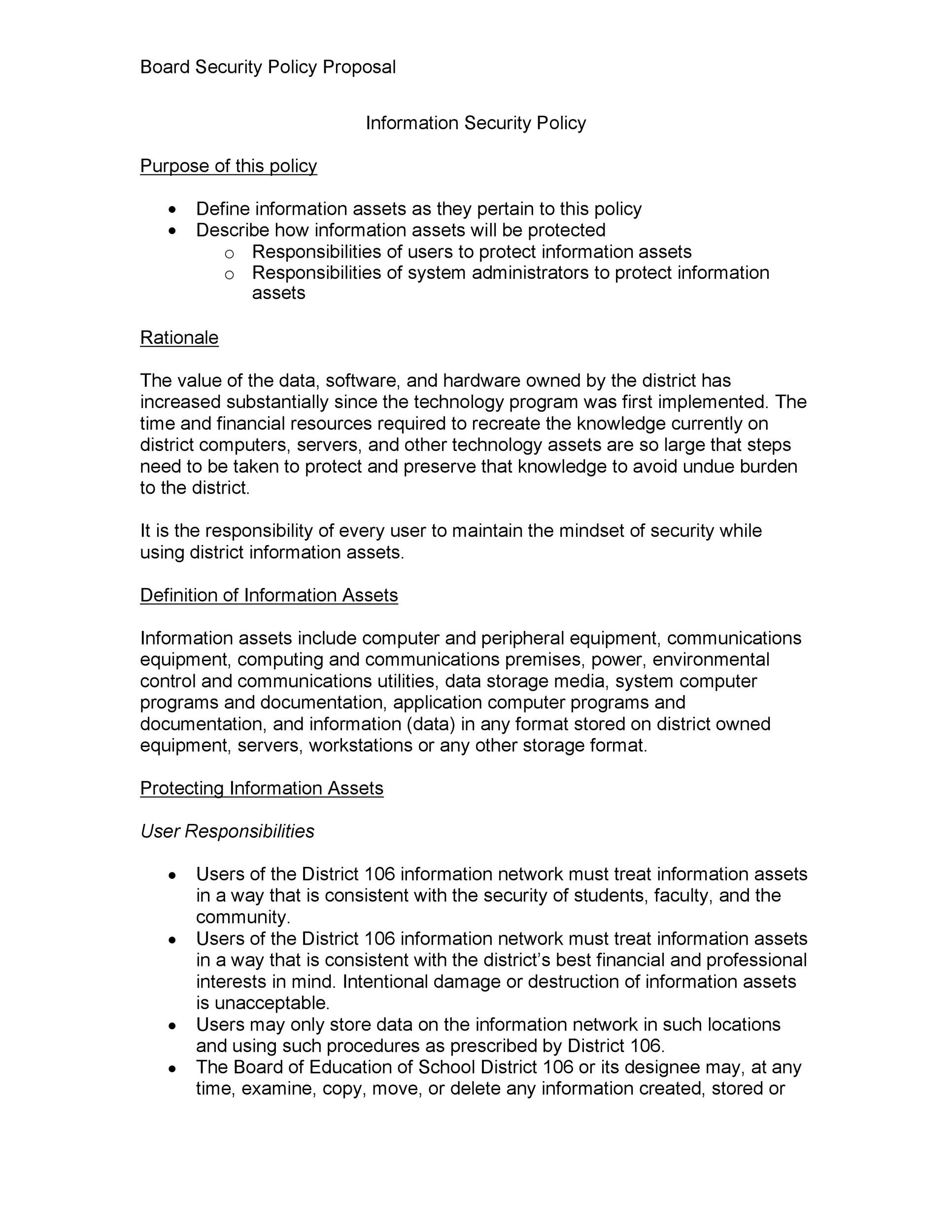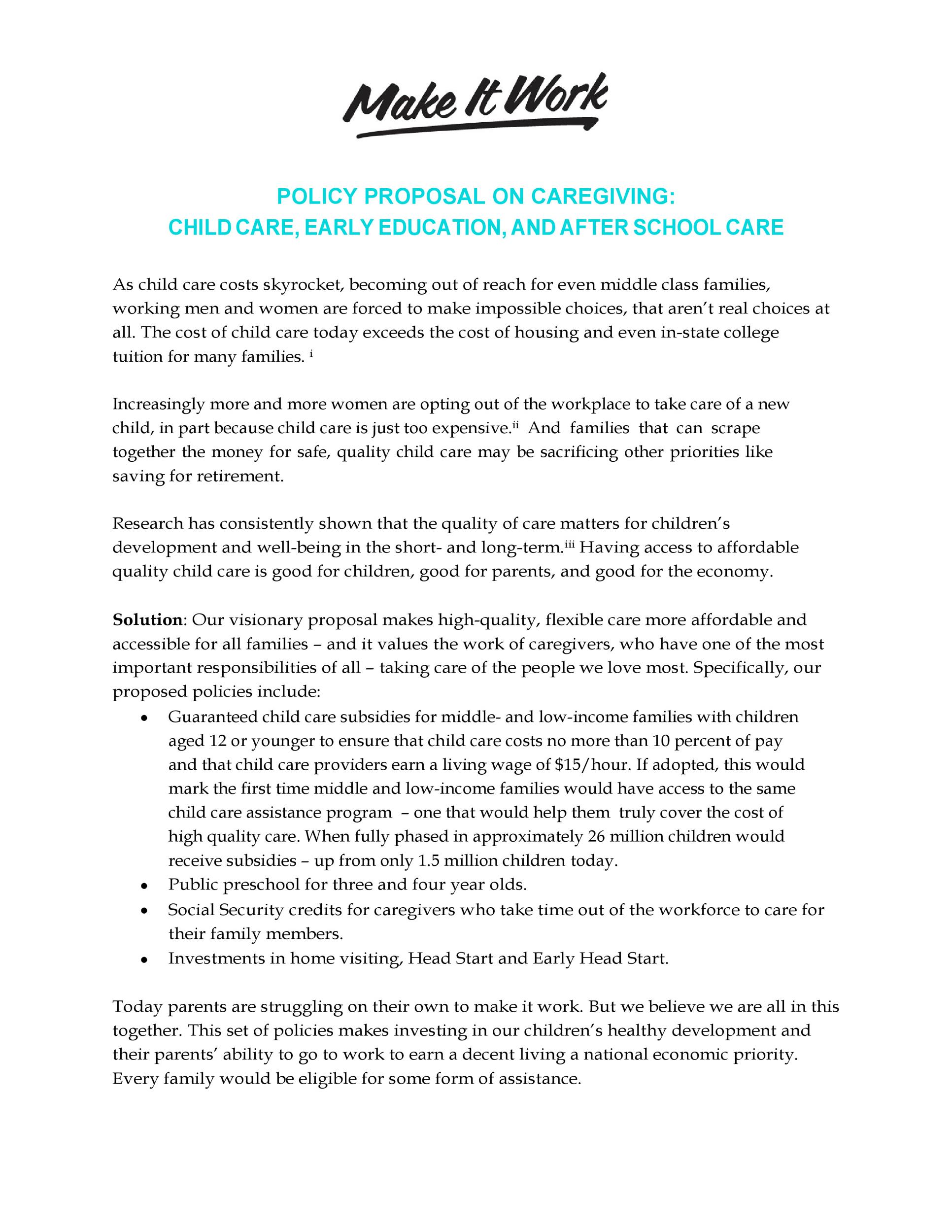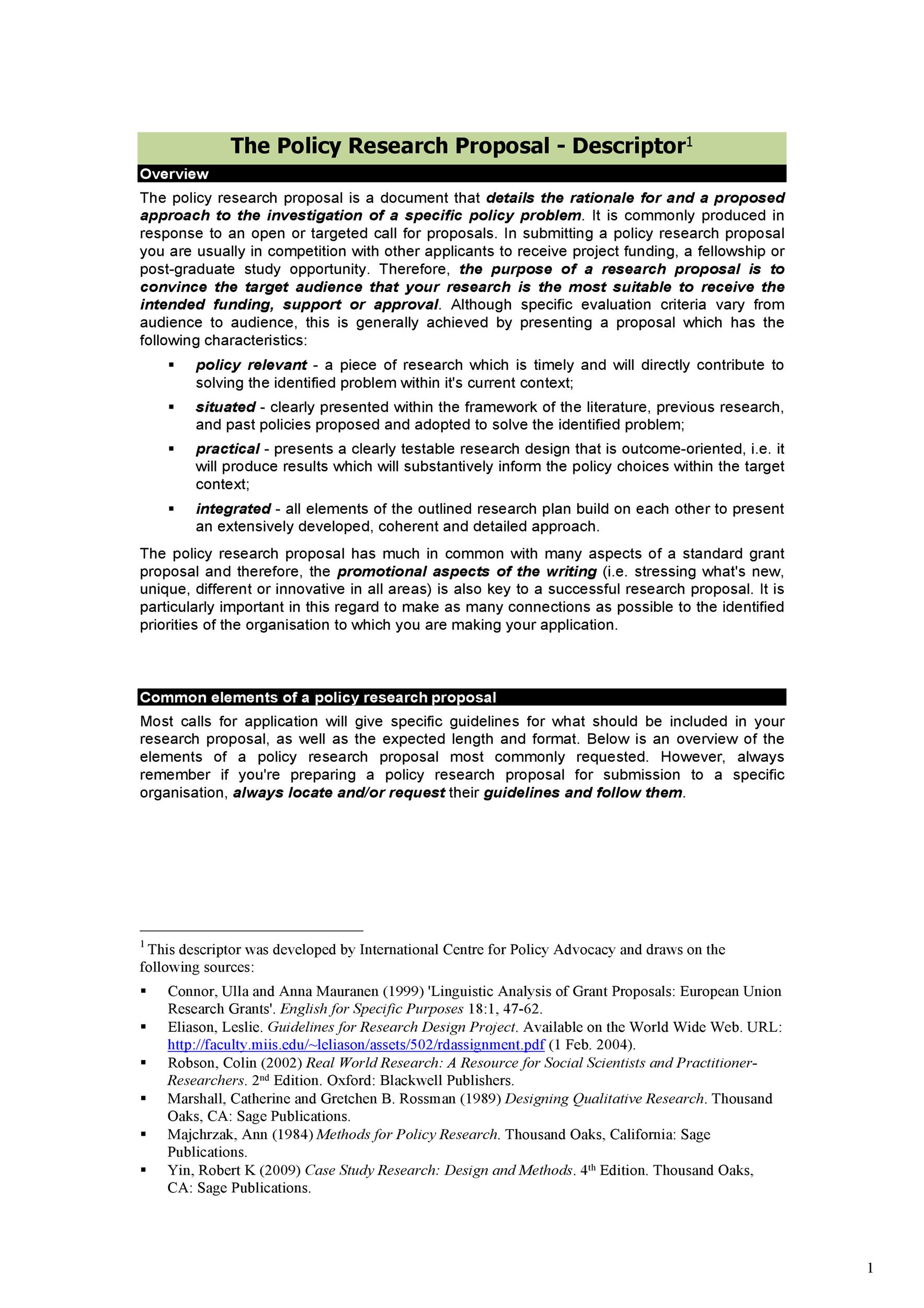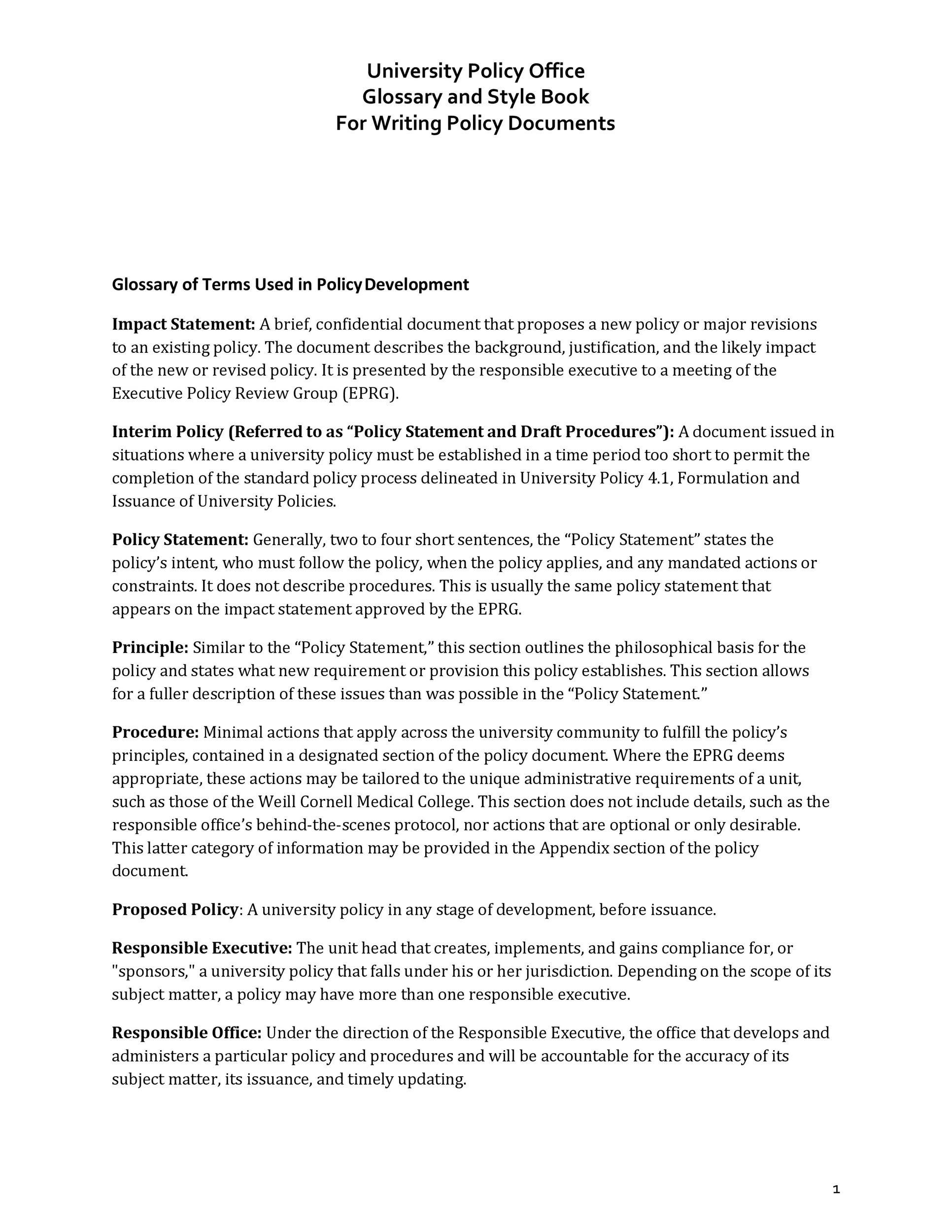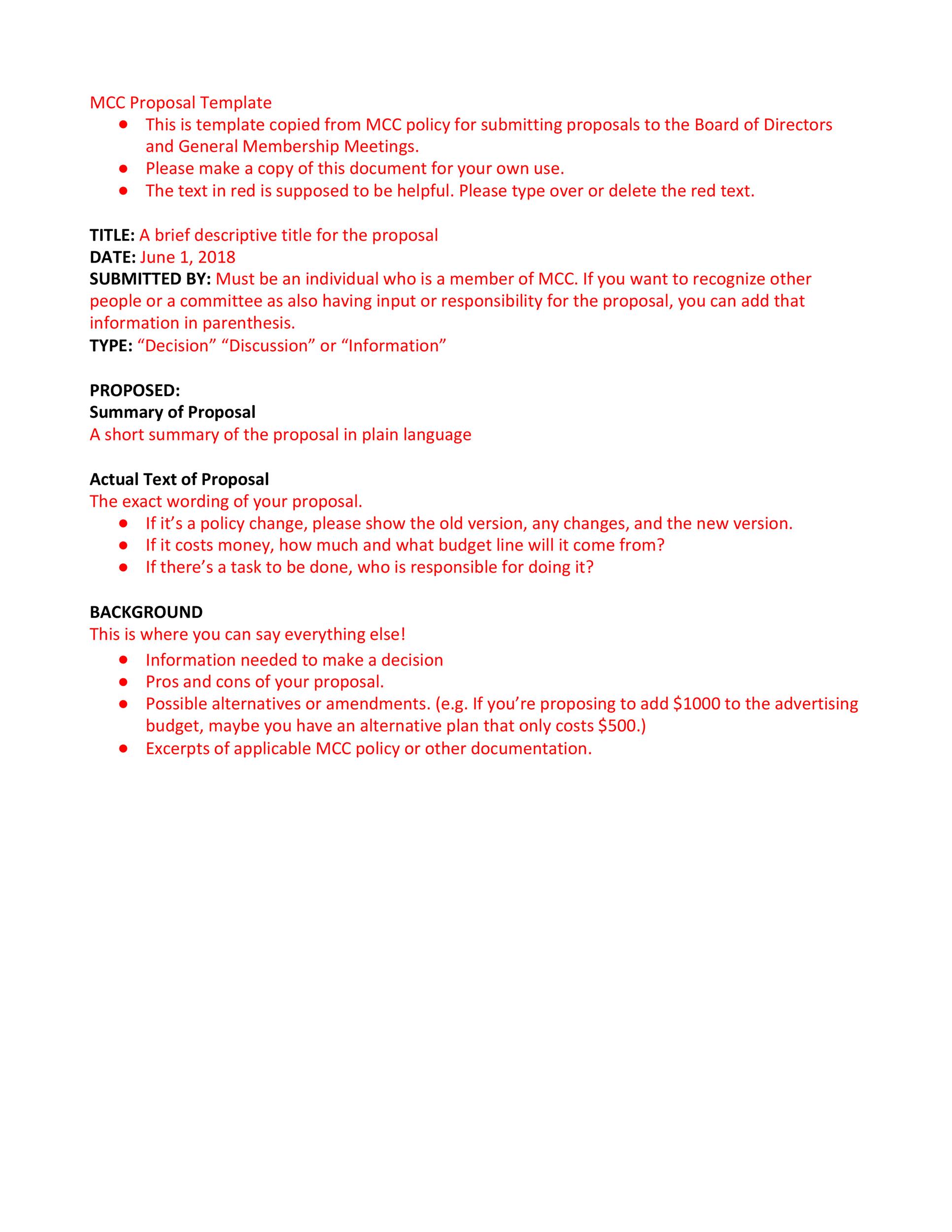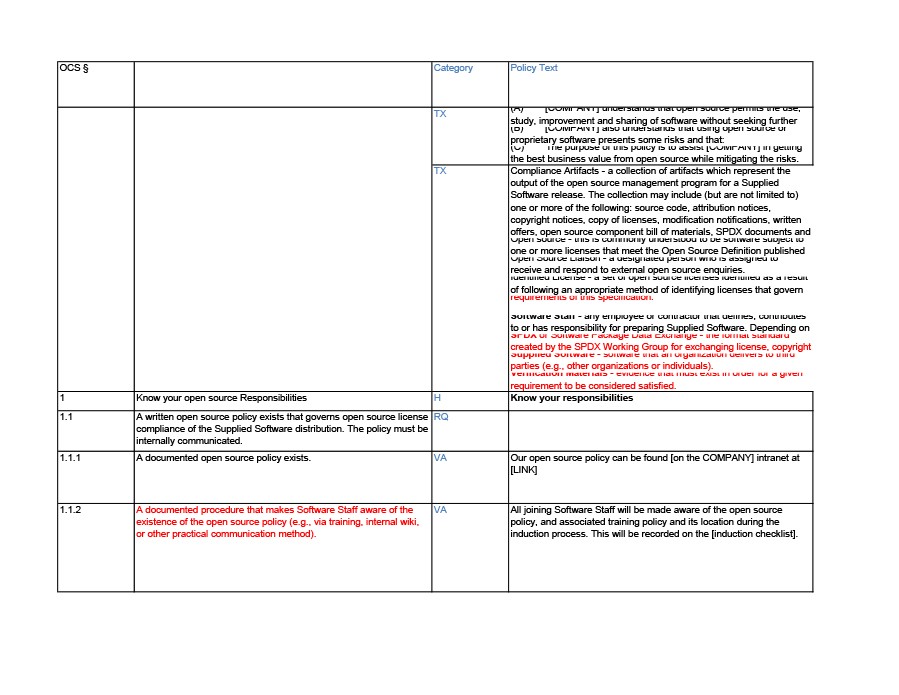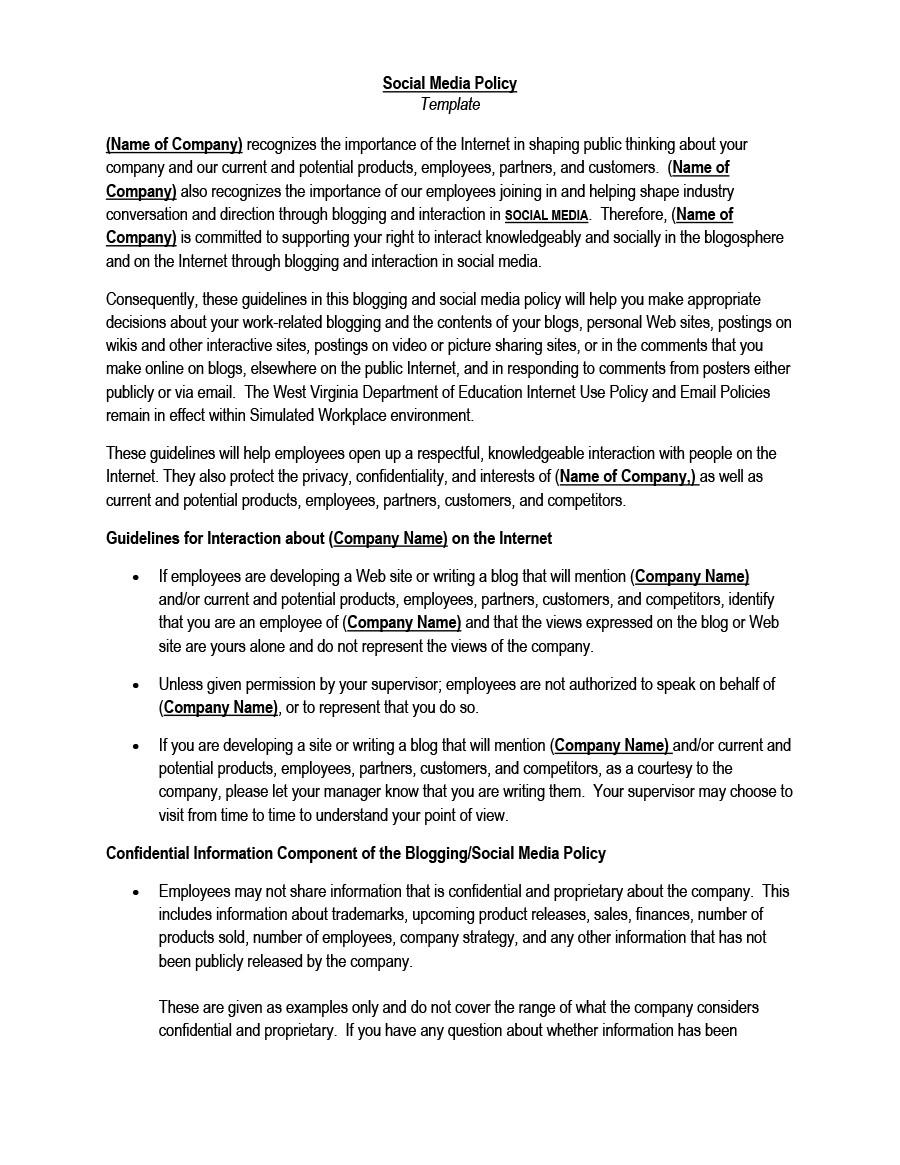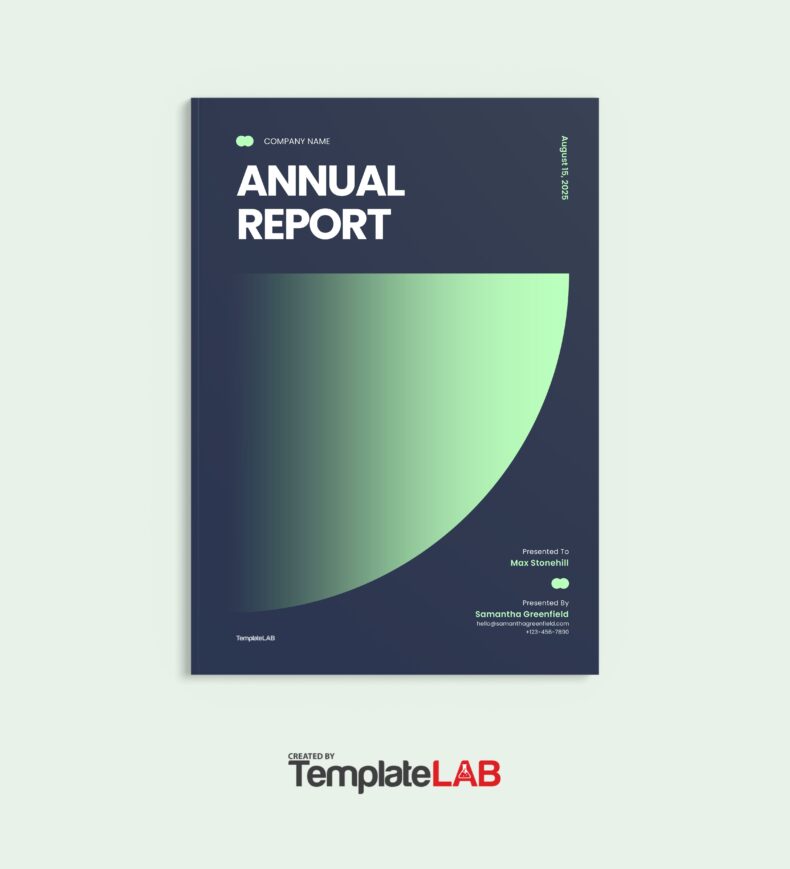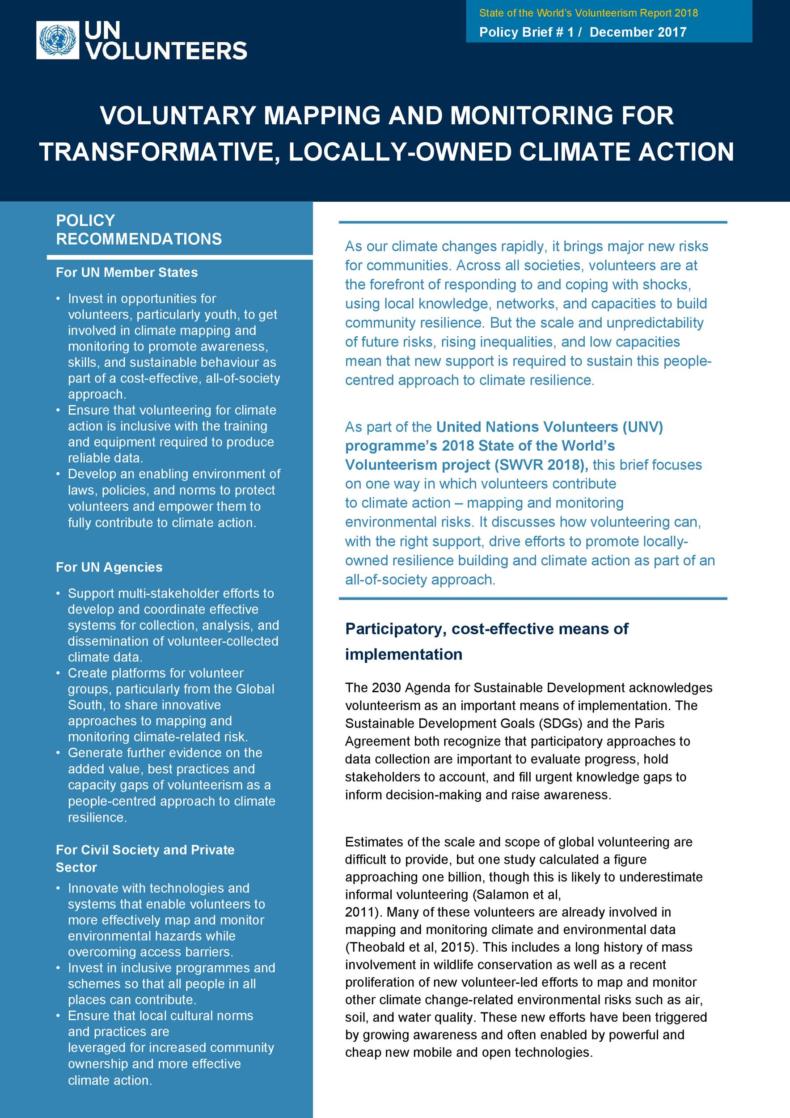Although you can use a policy proposal template for different purposes, there’s only one effective way to write it. A really good policy proposal should pull together all the required information in a persuasive and terse manner. Whether what you’re writing about involves a brand new system or just a small tweak in your advertising strategy, it is important to know how to write a policy proposal if you want it to get approved.
Table of Contents
Policy Proposal Templates
Types of policy proposals
People create policies for a specific purpose which is primarily to maintain order and peace in a specific environment. There are always major issues in most workplaces which have gotten worse in the past few years. You shouldn’t take these for granted as they affect the workforce.
This is the reason why you would create a policy proposal template. Those who disobey the rules in your policy proposals example get subjected to disciplinary actions like sanctions. You can make a policy proposal for:
- Environmental Policies
- Health Policies
- HR Policies
- New Policies
- Policy Changes
- Public Policies
- Security Policies
Remember that this document is an attempt to deal with a particular problem. It should identify this problem, how it impacts an entity and should offer suggestions on how to solve it.
Before creating policy proposals examples, you have to collect information and facts. Include any supporting data that’s both credible and relevant to the problem. After the facts, you must specify the problem, establish which audience it affects, then offer a proposed solution.
After creating a hypothesis, it’s time to prove it with solid facts which you can get from scientific studies or survey statistics. Providing your policy proposal template with alternative solutions is highly appreciated too. However, you still have to prove that each solution is of help and you should back this up with hard facts.
Consider these practical pointers when you learn how to write a policy proposal:
- Make sure it’s relevant
Claiming that there is an issue is easy said but proving this is a different story. The problem you choose to deal with must have a significant effect on the audience, meaning those directly affected by the problem. - Be as specific as you can
If you choose to deal with a certain issue in your policy proposal template, stick with that issue. Don’t introduce any other issues which aren’t related to the central purpose. - Make sure your audience understands the purpose
Whatever policy you recommend is often met with dissent, usually from a minority. To avoid this conflict, make sure that the readers understand the points from your own perspective. Explain why there’s a need for this policy and the benefits that your audience can derive from it.
Policy Proposal Examples
Parts of a policy proposal
Presenting a policy proposal is an excellent way to introduce your idea, especially to your supervisors who you can supply with the required information. With this, they can to decide upon knowing the complete implication of the decision they make. This also gives you the opportunity to create a structured and logical argument by laying everything down in support of your proposal.
If you present a well-made proposal to your manager, this gives him the impression that you’re genuinely concerned about the company. Any effective policy proposals examples generally contain the following parts:
- Introduction
This is a brief summary of the proposal which makes mention of the problem, the solution, the costs, and the benefits. You identify your reader and just like in any other type of persuasion, you have to sound convincing. It will greatly help if you know the ways to appeal to the audience.
To succeed in this, you should know who will read your proposal. Also, find out who decides if it should get denied or accepted. Expound on issues that you care about and use benefits and language that will resonate with your audience. - Issue
An issue is also referred to as the subject, main argument, purpose, background information, importance, and problem. It should answer the following questions:
Who gets affected by the proposal?
What’s your reason for writing the proposal?
Give your explanation about the present situation including the issues associated with it. - Solution
The main definition of a solution in the context of a proposal includes your step-by-step plan, the benefits, and how to overcome any potential obstacles should they occur. You can also include here your required personnel if any. Their expertise and experience can add an element of persuasion to your proposal. - Qualifications
List down an overview of the personnel required to successfully implement the policy proposal. - Conclusion of the benefits and costs and the wrap-up
Explain in this final part on how you can balance the cost of the project against the benefits. This is the last chance you can reinforce your point so you might as well reiterate the main argument and purpose. Create a breakdown of the projected cost to use for each element of your project.
Also, include a breakdown of the benefits of the project to the company or organization both non-monetary and monetary. This can convince the reader that there is a return of investment.
Finally, don’t forget to thank the reader for giving you the time to present your proposal. Also, provide them with your contact information. Make sure that this information is very clear so they can recognize the details easily.
Policy Proposals Samples
Tips for writing your policy proposal
Typically, there are two outcomes when it comes to policy proposals namely effectiveness and efficiency. Making changes to a certain setup can be a difficult undertaking but writing facts in an official document is an excellent way to present your case. In every policy proposal template, there’s always an attempt to deal with a problem.
The document also includes a description of how to solve or change such a problem. Knowing beforehand the necessary requirements and the steps to follow makes writing effective policy proposals examples easier. Here are some tips to help you out:
- Do research
It’s always necessary to research so you can gather facts that to use in your proposal. What you should consider is any factual information as this adds credibility to what you’re proposing. Facts support the change you propose and you can use them to highlight the faults of the existing policies. - Come up with a description of the problem
As stated, start the proposal by identifying the issue and how this affects your audience. For instance, there’s a certain office practice or policy that you believe isn’t effective or hinders the efficiency of employees.
Mention this in your proposal. If you have an issue with the findings of some research, explain your reasons against such and explain why. - Come up with a proposed solution
If you’re making a proposal, follow this up with your proposed solution as well as your implementation plans. For instance, on the issue of working remotely, you can make an outline of the rules to apply to home workers. Also, make an outline on how to monitor these employees. - Present all of the facts
Always make sure that what you present in your proposal are facts and not hearsay. You can draw these from scientific research that other companies and organizations have successfully followed in their new policy. You can also cite other credible sources to support your arguments.
For instance, you can do some research on other companies which have successfully implemented the remote workplace concept. Include in your proposal the employee satisfaction and cost savings numbers in that company. If you need to present this with visual aids to explain better your proposal, then, by all means, do so. - Wrap up your policy proposal template
At the end of your proposal, write a brief conclusion that’s concise and limited to only one or two paragraphs. Here, you make a recap of all the information you’ve taken up in your proposal. - Cite all of your sources
It’s professional and courteous to make a write-up of all the sources you used for your document’s factual information. Also, include a bibliography page for all of the research you had used as sources in your proposal.
Check your policy proposal template before submitting
Make sure that your document is error-free. Clear writing is your best friend when you try to write persuasively. Before submitting the final draft of your proposal, make a few checks:
- Eliminate technical terms and jargon
Jargon may be popular in business but not all people share the same love for these terms. Confusing terms may have some special meaning for you but using simpler words helps people understand you better. - Avoid using a passive voice
Avoid using a passive voice when expressing something which you can express in much simpler terms. A passive voice often sounds distant or even deceptive. Adding unnecessary words can obscure your point too. - Proofread your proposal
There are many applications that could help in proofreading your proposal. Grammarly is one of the most popular. This tool can pick up anything that looks grammatically incorrect and can even warn you about phrases which are stylistically poor. Sloppy grammar and spelling discredits the value of your proposal and can even lead to the proposal getting rejected.

